Dog Vs Porcupine Size, Weight, Overall Comparison
In a potential encounter between a dog and a porcupine, we explore the contrasting characteristics of these animals, focusing on differences in size, strength, and defensive mechanisms. While dogs are larger, stronger, and more predatory, the porcupine’s formidable quills pose a significant threat. This analysis outlines their distinctions before delving into a confrontation, predicting the likely challenges a dog would face due to the defensive nature of a porcupine.
Dog vs Porcupine Fight Prediction: Assessing the Potential Outcome in a Confrontation
In a face-off between a dog and a porcupine, the outcome hinges on their differences in size, anatomy, and defensive capabilities. Despite the dog’s advantages in being larger, stronger, and faster, the porcupine’s dangerous quills could potentially sway the encounter in its favor.
I). Dog’s Characteristics:
– Dogs, as domesticated animals, are known for their larger size, strength, agility, and predatory instincts. These traits make them formidable in various confrontational scenarios.
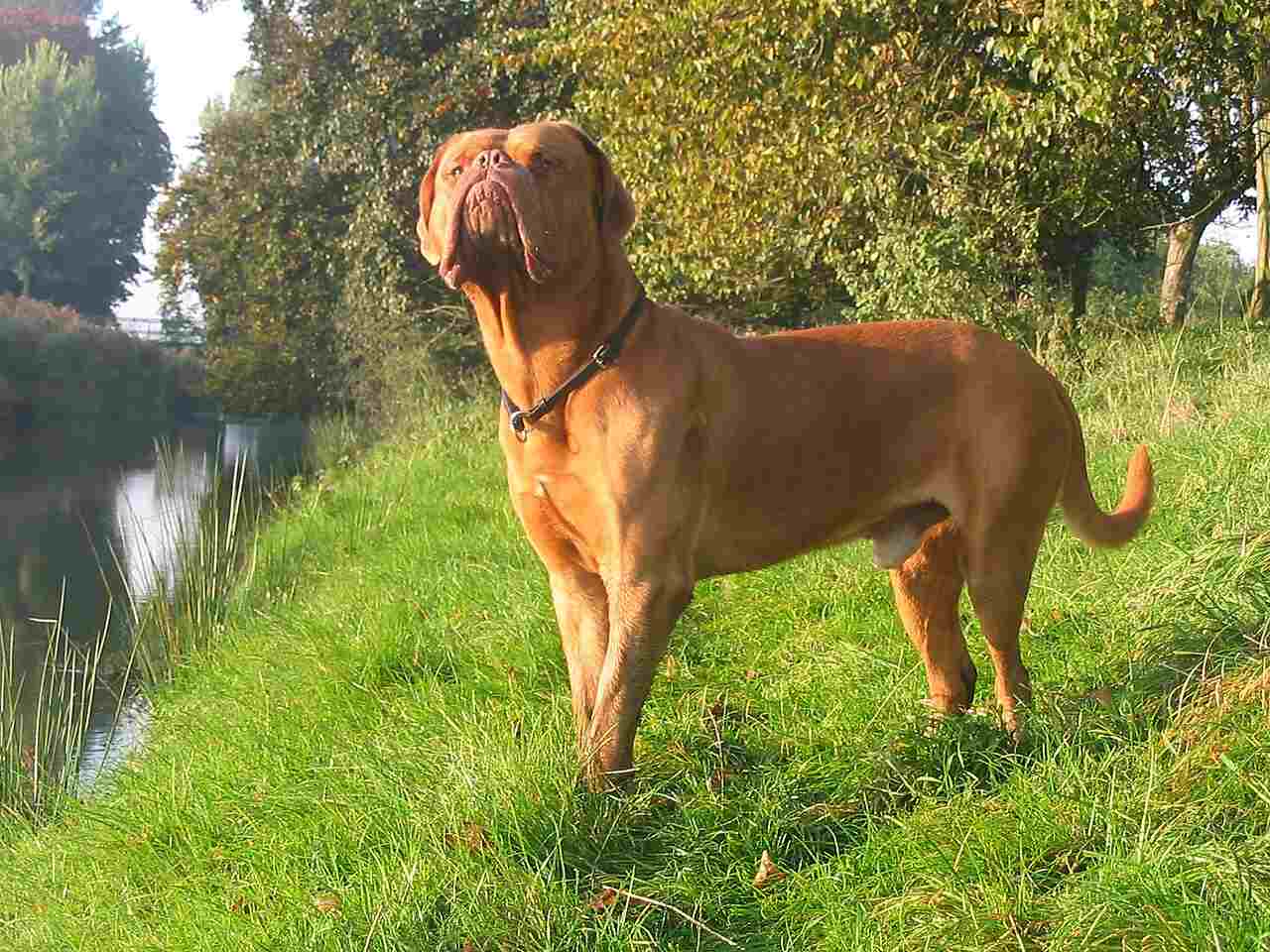
II). Porcupine’s Characteristics:
– Porcupines are equipped with defensive quills, sharp spines on their backs that can be raised when threatened. These quills serve as a powerful deterrent against potential predators.
III). Size, Strength, and Speed Disparities:
– Dogs generally outclass porcupines in terms of size, strength, and speed, giving them a natural advantage in a physical confrontation. However, the outcome is influenced by the porcupine’s unique defensive mechanism.
IV). Porcupine’s Defensive Quills:
– The porcupine’s quills are an effective defense against predators. When threatened, a porcupine can raise its quills, making it a challenging adversary for a dog. The quills are barbed and can cause serious harm, potentially leading to injury or even death for the dog.

V). Dog’s Predatory Nature:
– While dogs may be instinctively predatory, their lack of experience dealing with porcupines and the danger posed by the quills can turn the tables in a confrontation. The dog’s aggression may result in unintended consequences when facing a porcupine’s defense.
VI). Overall Dynamics:
– In this scenario, despite the dog’s advantages in size, strength, and speed, the defensive quills of the porcupine can lead to a challenging encounter for the dog. The porcupine’s ability to ward off a larger and more predatory opponent showcases the effectiveness of its natural defense mechanism.
*Details of Comparison
| Criteria | Dogs | Porcupines |
| Taxonomy | Kingdom Animalia, Phylum Chordata, … |
Kingdom Animalia, Phylum Chordata, …
|
| Appearance | Diverse breeds, sizes, coat types |
Robust bodies, quills, varied quill color
|
| Size | Varies widely |
Generally medium-sized (12-35 pounds)
|
| Weight | Broad range, breed-dependent |
Generally (12-35 pounds)
|
| Bite Force (PSI) | Varies, stronger in larger breeds |
Not known for powerful bites
|
| Offensive Advantages | Varied based on breed |
Limited, relies on quills for defense
|
| Defensive Advantages | Varied defenses, agility, strength |
Primary defense is quill deployment
|
| Speed | Varies widely, some high-speed breeds |
Generally slower, defense prioritizes quills
|
| Agility | Varies by breed, working breeds agile |
Relatively agile for habitat navigation
|
| Senses | Highly developed (hearing, vision, smell) |
Good hearing, smell; potentially less developed vision
|
| Physical Capacity | Diverse capacities based on breed |
Well-adapted for survival
|
| Habitat Preference(s) | Highly adaptable, domestic and wild environments |
Often found in forests, woodlands, grasslands
|
| Tracks | Paw prints vary by breed |
Padded footprints, distinctive waddle-like gait
|
| Lifespan | Varies widely by breed |
Generally 5-7 years in the wild
|
| Mode of Feeding | Carnivorous (commercial dog food, meat) |
Herbivorous, feeds on bark, leaves, vegetation
|
| Intelligence | Varies widely by breed |
Limited cognitive abilities, survival-focused
|
| Social Behavior | Highly social, forms bonds with humans and other dogs |
Generally solitary, limited social interactions
|
| Reproduction | Sexual reproduction, diverse breeds |
Sexual reproduction, mating during specific seasons
|
| Parental Behavior | Diverse, some show strong maternal instincts |
Limited parental care, minimal before offspring independence
|
| Proximity to Human Areas | Domestic dogs in human settlements |
Typically avoids, may venture into gardens or yards
|
| Behavior Toward Humans | Diverse behaviors, shaped by breed and training |
Generally avoids, may become defensive if threatened
|
| Danger Posed to Humans | Varied, some breeds may pose risks |
Generally minimal, primary defense is quill deployment
|
| Associated Precautions | Training, socialization, responsible ownership |
Caution to avoid close encounters, awareness of quill deployment
|
| Conservation Status | Not applicable, abundant domestic dogs |
Varies among species, some face threats or declining populations
|
Key Points
- Dogs showcase immense diversity in size, appearance, and behaviors due to selective breeding.
- Porcupines are characterized by robust bodies, quill defense, and herbivorous feeding habits.
- Dogs have diverse offensive and defensive advantages based on breed and purpose.
- Porcupines rely primarily on quill deployment for defense, with limited physical offensive capabilities.
- Dogs exhibit various speeds, agility levels, and sensory abilities influenced by breed characteristics.
- Porcupines are generally slower but agile for navigating their habitats.
- Dogs’ lifespans vary widely based on breed, while porcupines generally have shorter lifespans.
- Dogs are carnivorous, and their diet may include commercial dog food and meat, while porcupines are herbivores.
- Dogs show a wide range of intelligence, while porcupines have limited cognitive abilities focused on survival.
- Dogs are highly social, forming bonds with humans and other dogs, whereas porcupines are generally solitary.
- Domestic dogs are often found in human settlements, while porcupines typically avoid such areas.
- Dogs may pose risks if not properly trained or socialized, while porcupines generally pose minimal danger.
- Precautions with dogs involve training and responsible ownership, and with porcupines, it’s about avoiding close encounters and being aware of quill deployment.
- Conservation status is not applicable to domestic dogs, while certain porcupine species may face threats or declining populations.
1. Taxonomy
Dog:
Kingdom: Animalia
Phylum: Chordata
Class: Mammalia
Order: Carnivora
Family: Canidae
Genus: Canis
Species: Varies (e.g., Canis lupus familiaris – domestic dog)
Porcupine:
Kingdom: Animalia
Phylum: Chordata
Class: Mammalia
Order: Rodentia
Family: Erethizontidae
Genus: Erethizon (for North American porcupines)
Species: Varies (e.g., Erethizon dorsatum – North American porcupine)
2. Appearance:
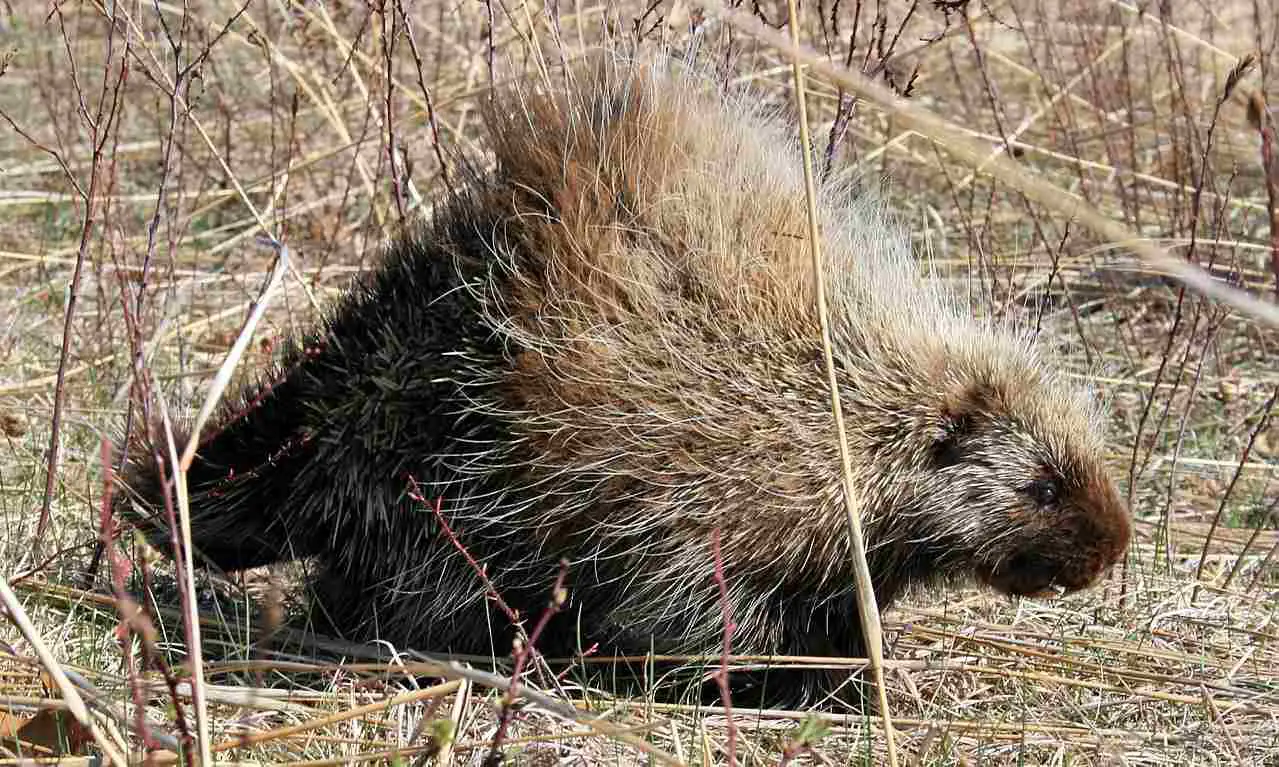
Dog:
Varied appearances due to diverse breeds; sizes range from small (e.g., Chihuahua) to large (e.g., Great Dane).
Coats can be short, long, smooth, curly, or wiry; colors and patterns vary widely.
Porcupine:
Typically has a robust, stocky body covered in sharp, barbed quills.
Quills vary in color and length, providing camouflage in their natural environment.
The appearance serves as a defense mechanism against predators.
Comparison: Dogs exhibit extensive diversity in appearance, primarily due to selective breeding for various purposes, while porcupines have a distinct, specialized appearance designed for protection.
Ecological Implications: The diversity in dog appearances often corresponds to their roles in human activities (e.g., hunting, herding). In contrast, the porcupine’s appearance is an adaptation to deter predators, influencing its survival in the wild.
3. Size:
Dog:
Sizes vary widely; smallest breeds like the Chihuahua can weigh a few pounds, while larger breeds like the Saint Bernard can reach over 100 pounds.
Porcupine:
Generally medium-sized; North American porcupines can weigh between 12 to 35 pounds.
Comparison: Dogs exhibit a broader range of sizes due to selective breeding for various tasks, whereas porcupines maintain a more uniform size within their species.
Ecological Implications: Dog size is often linked to their roles in human activities, while porcupine size reflects adaptations for survival in specific ecosystems.
4. Weight:
Dog:
Weights vary significantly based on breed, ranging from a few pounds to over 100 pounds.
Porcupine:
Generally weighs between 12 to 35 pounds, with some variation between different porcupine species.
Comparison: Dogs display a broader weight range due to selective breeding, while porcupines maintain a more consistent weight range within their species.
Ecological Implications: Dog weight can influence their suitability for specific tasks or roles, while porcupine weight is adapted for mobility and survival in their natural habitats.
5. Bite Force (PSI – Pounds per Square Inch):
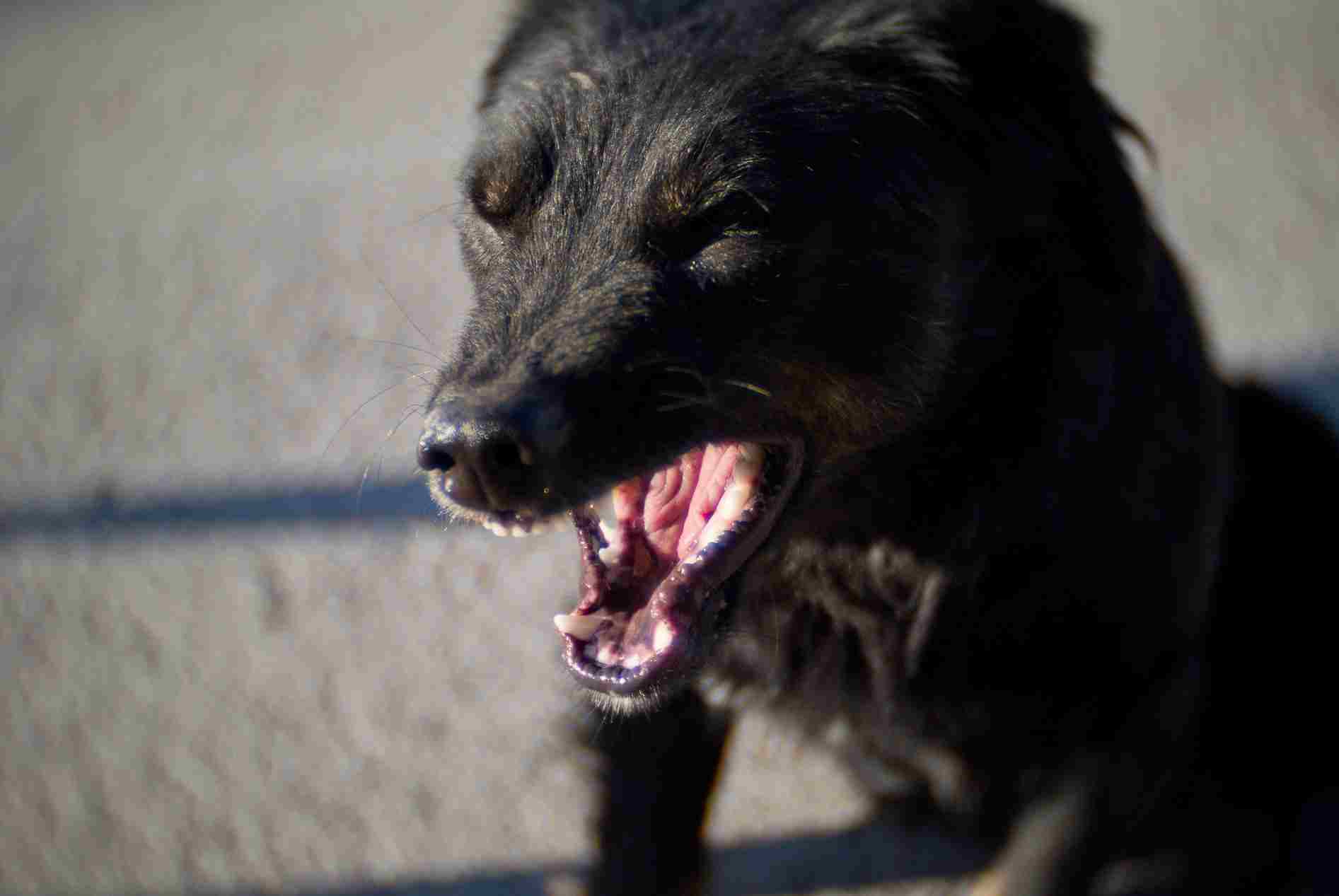
Dog:
Bite force varies among breeds; larger dogs generally have stronger bites. For example, a German Shepherd may have a bite force of around 238 PSI.
Porcupine:
Porcupines are not known for powerful bites; their primary defense is the deployment of quills.
Comparison: Dogs, especially those bred for protection or hunting, tend to have stronger bites compared to porcupines, which rely on their quill defense.
Ecological Implications: Dogs’ bite force is often related to their historical roles in hunting or protection, while porcupines’ reliance on quills showcases a unique defensive adaptation in their ecological niche.
6. Physical Offensive Advantages:
Dog:
Varied based on breed; some breeds excel in strength, agility, or speed, providing advantages in tasks like herding, hunting, or guarding.
Porcupine:
Limited physical offensive capabilities; relies primarily on quills for defense.
Comparison: Dogs possess diverse offensive advantages, tailored to specific roles through selective breeding, while porcupines lack significant physical offensive capabilities.
Ecological Implications: Dogs’ offensive traits contribute to their roles in human activities, while porcupines’ reliance on quills indicates adaptation for survival rather than offense.
7. Physical Defensive Advantages:
Dog:
Varied defenses include agility, speed, strength, and, in some breeds, protective instincts.
Porcupine:
Primary defense is the deployment of sharp quills, which can deter predators.
Comparison: Dogs employ a range of defensive strategies based on their breeds, while porcupines rely heavily on their specialized quill defense.
Ecological Implications: Dog defenses are often linked to their roles in human activities, while the porcupine’s defensive mechanism is a crucial adaptation for survival in its natural environment.
8. Speed (Km/hour or Mile/hour):
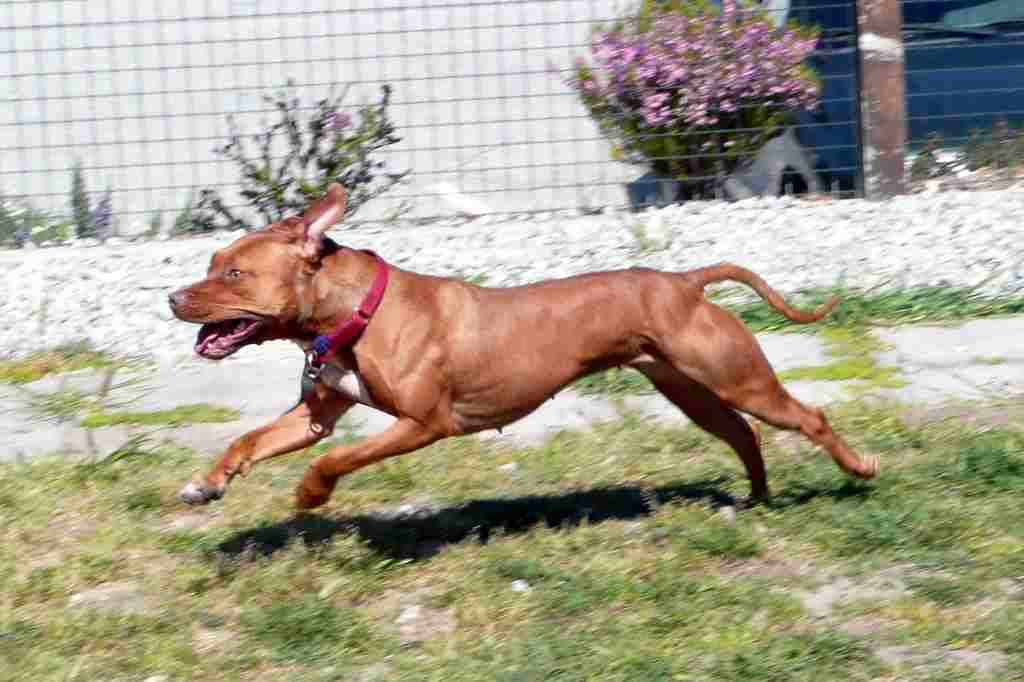
Dog:
Speed varies widely among breeds; Greyhounds, for example, can reach speeds of up to 45 miles per hour.
Porcupine:
Generally slower in comparison; relies on defensive strategies rather than speed.
Comparison: Dogs exhibit significant variation in speed based on their breeds, while porcupines are not known for high-speed capabilities.
Ecological Implications: Dog speed is often linked to specific tasks like hunting or herding, while porcupines prioritize defensive strategies over rapid movement.
9. Agility:
Dog:
Agility varies among breeds; herding and working breeds often exhibit high agility.
Porcupine:
Relatively agile in navigating through their habitats; agility aids in evading predators.
Comparison: Dogs show diverse agility levels based on their breeds and purposes, while porcupines display agility as a crucial survival trait.
Ecological Implications: Dog agility is often associated with their roles in various human activities, whereas porcupines use agility for evading predators in their natural habitats.
10. Senses:
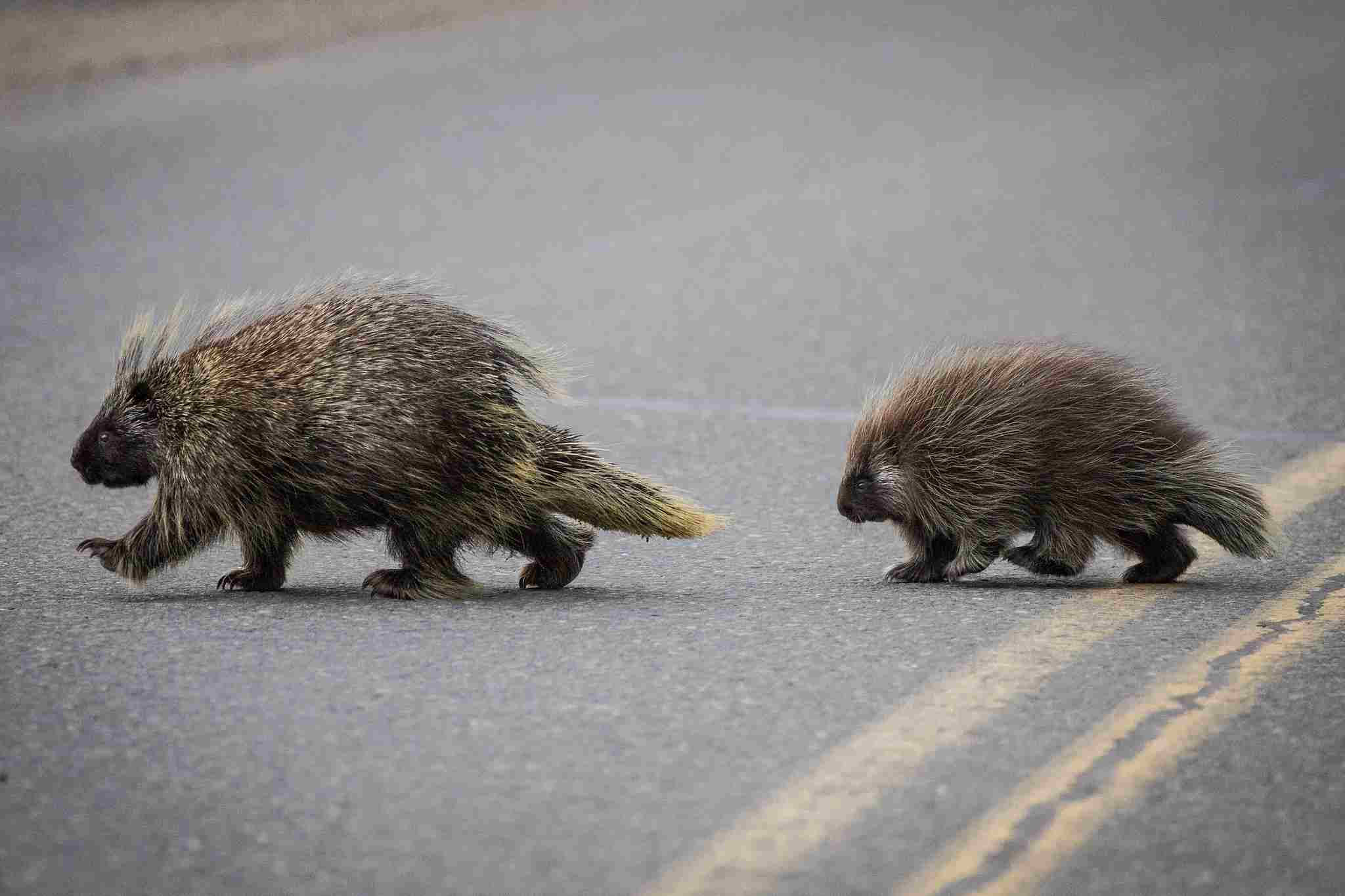
Dog:
Highly developed senses, including keen hearing, sharp eyesight (varies by breed), and an acute sense of smell.
Porcupine:
Good senses of hearing and smell; vision may be less developed.
Comparison: Dogs generally excel in multiple senses, tailored to their roles, while porcupines rely on heightened hearing and smell.
Ecological Implications: Dogs’ acute senses contribute to their roles in various human activities, while porcupines’ sensory adaptations aid in survival and predator detection.
11. Overall Physical Capacity:
Dog:
Diverse physical capacities based on breed; range from endurance in working breeds to strength in guard or hunting breeds.
Porcupine:
Well-adapted for survival with a robust body, agility, and quill defense.
Comparison: Dogs exhibit a wide range of physical capacities shaped by selective breeding, while porcupines showcase specialized adaptations for survival.
Ecological Implications: Dogs’ physical capacities align with their roles in human activities, whereas porcupines’ attributes are finely tuned for thriving in their natural environments.
12. Habitat Preference(s):
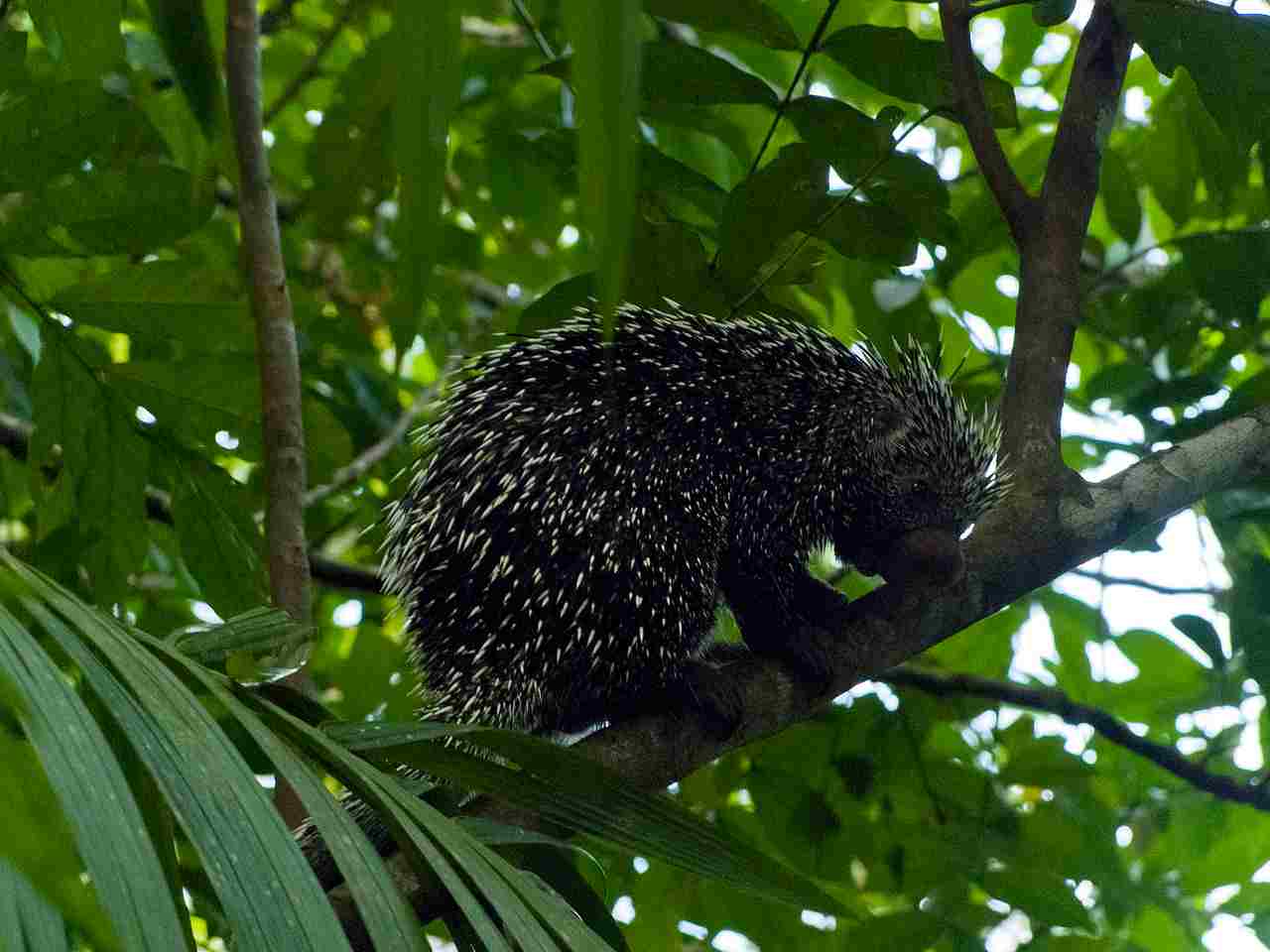
Dog:
Highly adaptable; domesticated dogs live in diverse environments, while wild canids may inhabit various ecosystems.
Porcupine:
Often found in forests, woodlands, and grasslands; adaptable to different vegetation types.
Comparison: Dogs, due to domestication, show adaptability to various environments, while porcupines exhibit preferences for specific terrestrial habitats.
Ecological Implications: Dogs’ adaptability has allowed them to coexist with humans in diverse settings, whereas porcupines’ habitat preferences reflect adaptations to specific ecological niches.
13. Tracks:
Dog:
Paw prints vary in size, shape, and features depending on the breed.
Porcupine:
Padded footprints; distinctive in the wild due to their waddle-like gait.
Comparison: Dog tracks show significant variation based on breed, while porcupine tracks share common characteristics, indicating their presence.
Ecological Implications: Dog tracks provide insights into diverse breeds and activities, while porcupine tracks serve as indicators of their presence in specific habitats.
14. Lifespan:
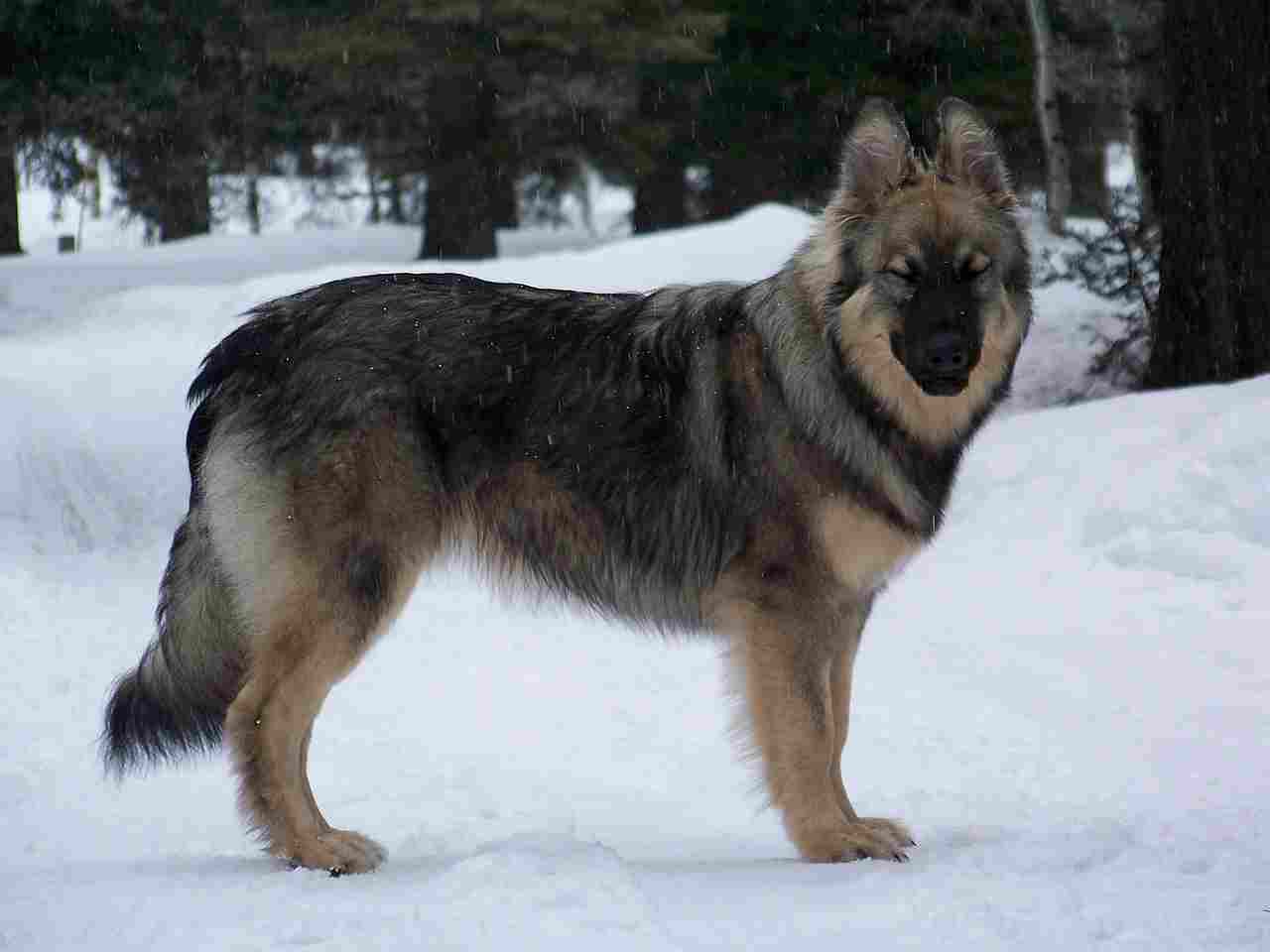
Dog:
Lifespan varies widely among breeds; smaller breeds may live around 12-16 years, while larger breeds may have shorter lifespans of 8-12 years.
Porcupine:
Generally, a lifespan of 5-7 years in the wild, with some variability between species.
Comparison: Dogs exhibit diverse lifespans influenced by their breeds, while porcupines maintain a more uniform lifespan within their species.
Ecological Implications: Dogs’ lifespan variations are influenced by selective breeding and size, while porcupines’ shorter lifespan may be linked to their ecological roles and environmental pressures.
15. Mode of Feeding:
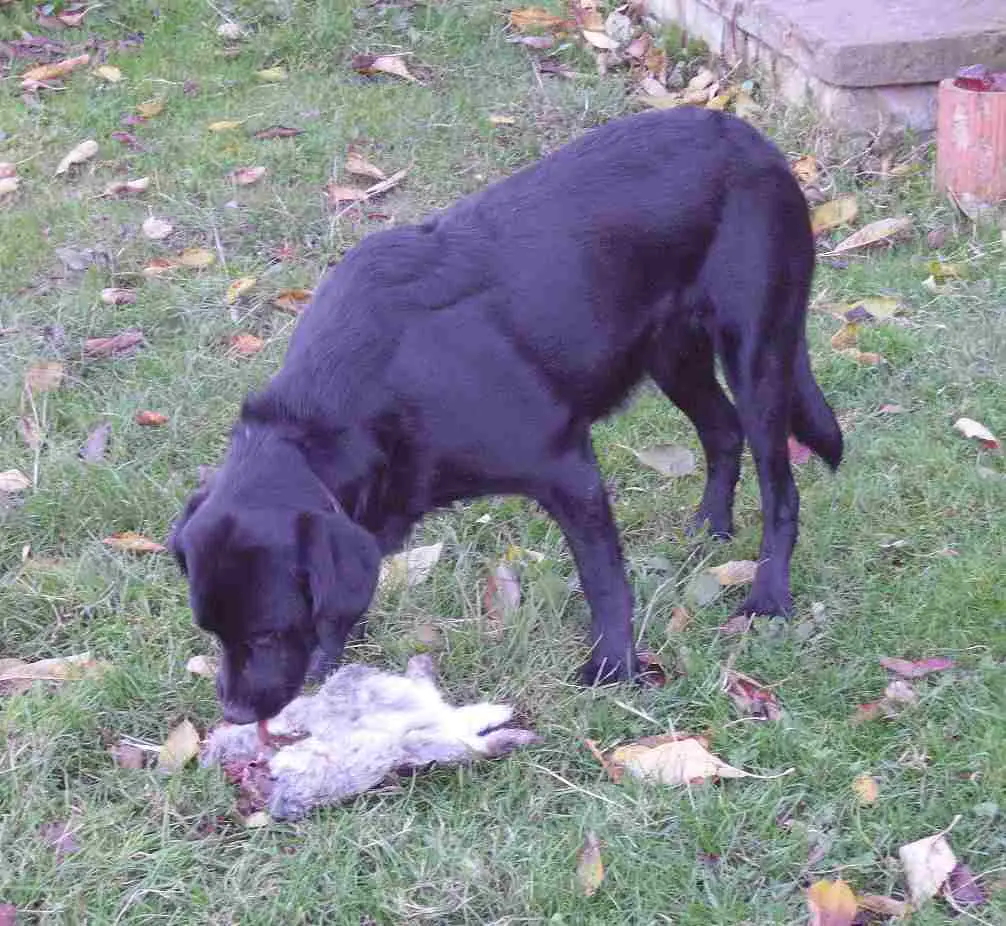
Dog:
Carnivorous by nature; domestic dogs often consume a combination of commercial dog food and meat.
Porcupine:
Herbivorous; primarily feeds on bark, leaves, and vegetation.
Comparison: Dogs are carnivores with dietary variations based on breeds, while porcupines are herbivores, reflecting their ecological niche.
Ecological Implications: Dogs’ carnivorous nature aligns with their historical roles in hunting, guarding, or herding, while porcupines’ herbivorous diet is adapted to their habitat and ecological interactions.
16. Intelligence:
Dog:
Varies widely in intelligence; some breeds, like Border Collies, are known for high intelligence and trainability.
Porcupine:
Limited cognitive abilities; primary focus on survival instincts.
Comparison: Dogs exhibit a broad range of intelligence, often linked to their roles, while porcupines rely on basic instincts for survival.
Ecological Implications: Dogs’ intelligence plays a crucial role in their diverse tasks and interactions with humans, whereas porcupines’ simpler cognitive abilities are geared toward survival in their natural environment.
17. Social Behavior:
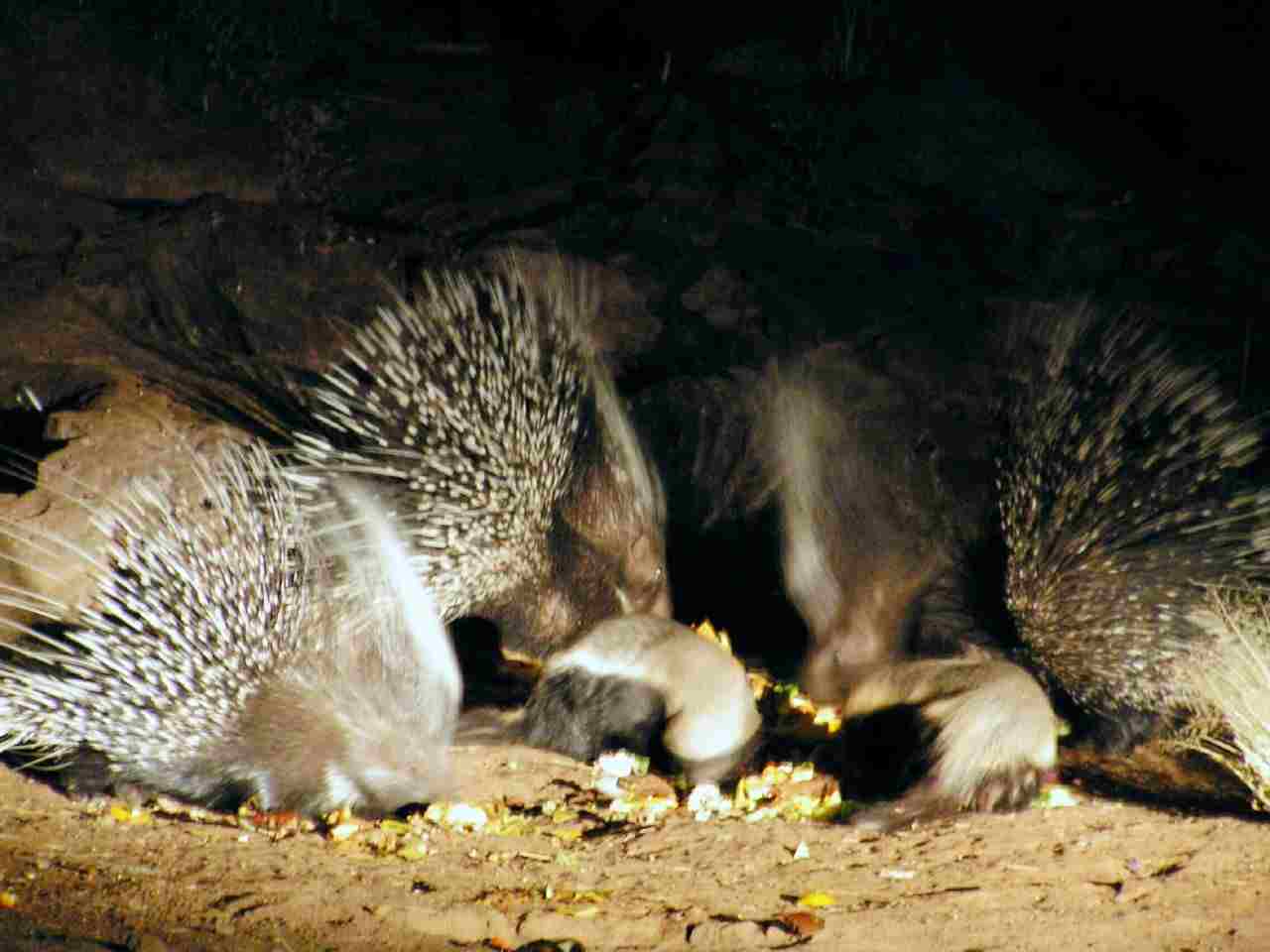
Dog:
Highly social animals; domestic dogs form bonds with humans and other dogs.
Porcupine:
Generally solitary; social interactions are limited, especially outside of mating season.
Comparison: Dogs are known for their social nature, forming intricate relationships, while porcupines exhibit more solitary behavior.
Ecological Implications: Dogs’ social behavior has been shaped by their domestication and roles as companions, guardians, or working animals, whereas porcupines’ solitary nature is aligned with their survival strategies in the wild.
18. Mode of Reproduction:
Dog:
Sexual reproduction; diverse breeds with various reproductive traits and cycles.
Porcupine:
Sexual reproduction; mating occurs during specific seasons.
Comparison: Both dogs and porcupines reproduce sexually, with variations in reproductive traits and mating behaviors.
Ecological Implications: Reproductive strategies in dogs may align with selective breeding for specific traits, while porcupines’ seasonal mating reflects adaptation to environmental conditions.
19. Parental Behavior:
Dog:
Exhibits diverse parental behaviors; some breeds may show strong maternal instincts, while others require more human intervention.
Porcupine:
Limited parental care; mothers may provide minimal care for offspring before they become independent.
Comparison: Dogs display a range of parental behaviors influenced by breeds, while porcupines generally exhibit less intensive parental care.
Ecological Implications: Dogs’ diverse parental behaviors may be linked to their roles as companions or working animals, while porcupines’ limited care aligns with their survival strategies in the wild.
20. Proximity to Human-Inhabited Areas:
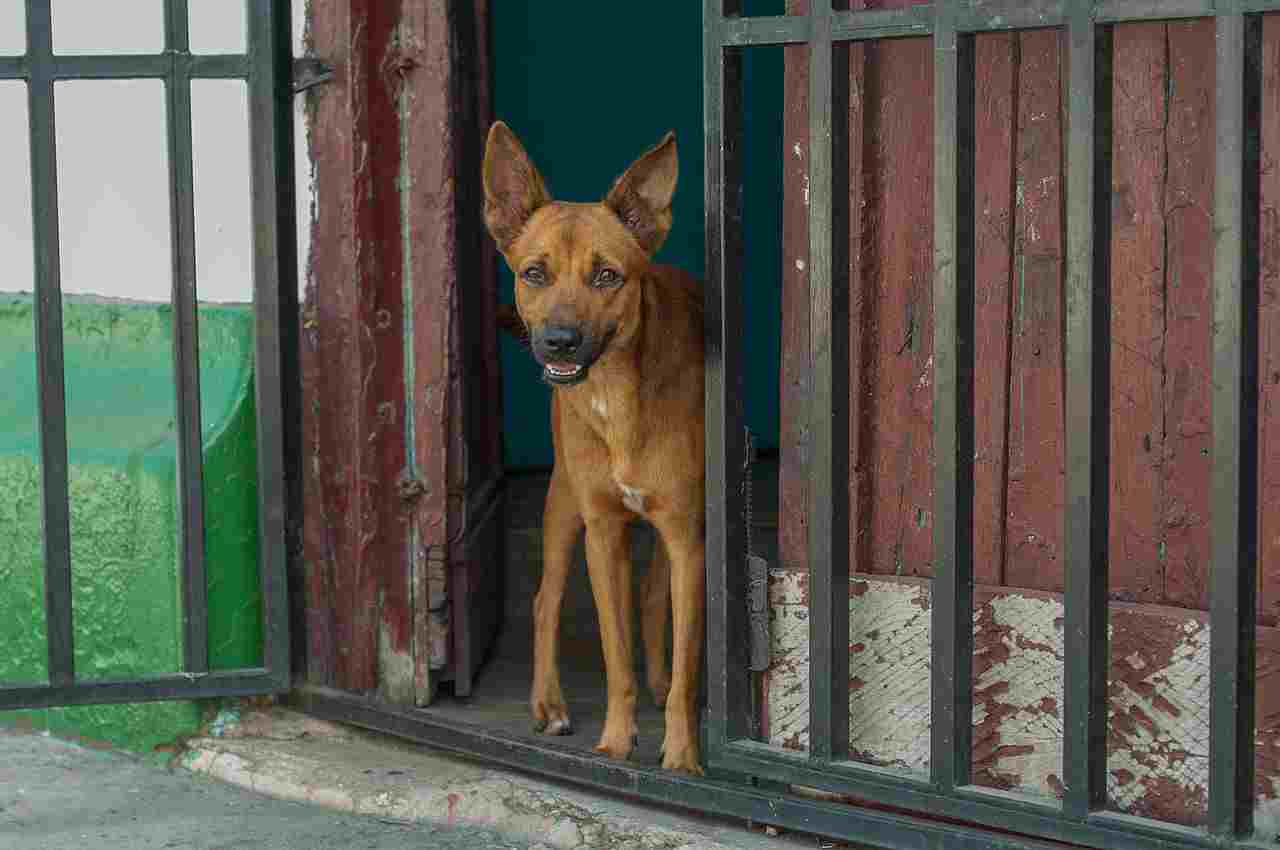
Dog:
Domestic dogs are often found in close proximity to human settlements as pets or working animals.
Porcupine:
Typically avoids human-inhabited areas but may venture into gardens or yards.
Comparison: Dogs, especially domesticated ones, are commonly found living closely with humans, while porcupines generally prefer more natural habitats.
Ecological Implications: The close association of dogs with humans is a result of domestication and varied roles, whereas porcupines’ occasional presence near human-inhabited areas may be influenced by resource availability.
21. Behavior Toward Humans:
Dog:
Displays a range of behaviors, from friendly and affectionate to protective and territorial.
Porcupine:
Generally avoids human interaction; may become defensive if threatened.
Comparison: Dogs exhibit diverse behaviors toward humans, shaped by breed, training, and socialization, while porcupines tend to avoid human contact.
Ecological Implications: Dogs’ behaviors reflect their domestication and roles in human society, while porcupines’ avoidance of humans aligns with their survival strategies in the wild.
22. Danger Posed to Humans:
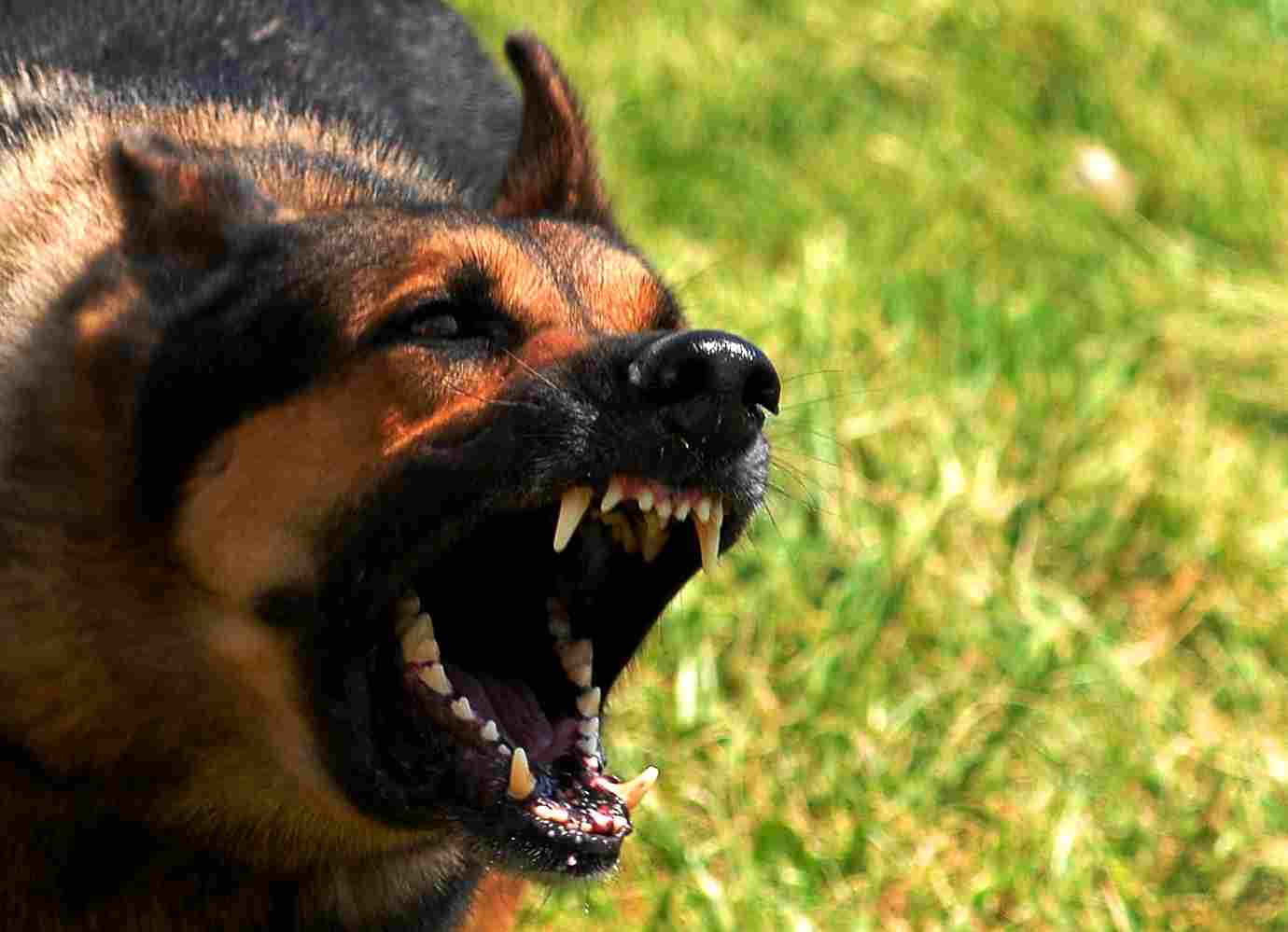
Dog:
Varied; most dogs are not inherently dangerous, but some breeds may pose risks if not properly trained or socialized.
Porcupine:
Generally poses minimal danger; primary defense is quill deployment when threatened.
Comparison: While dogs can pose risks, especially if aggressive or untrained, porcupines are generally less dangerous to humans.
Ecological Implications: Dogs’ potential danger is often tied to their roles, training, and interactions with humans, whereas porcupines’ quill defense is a non-lethal deterrent.
23. Associated Precautions:
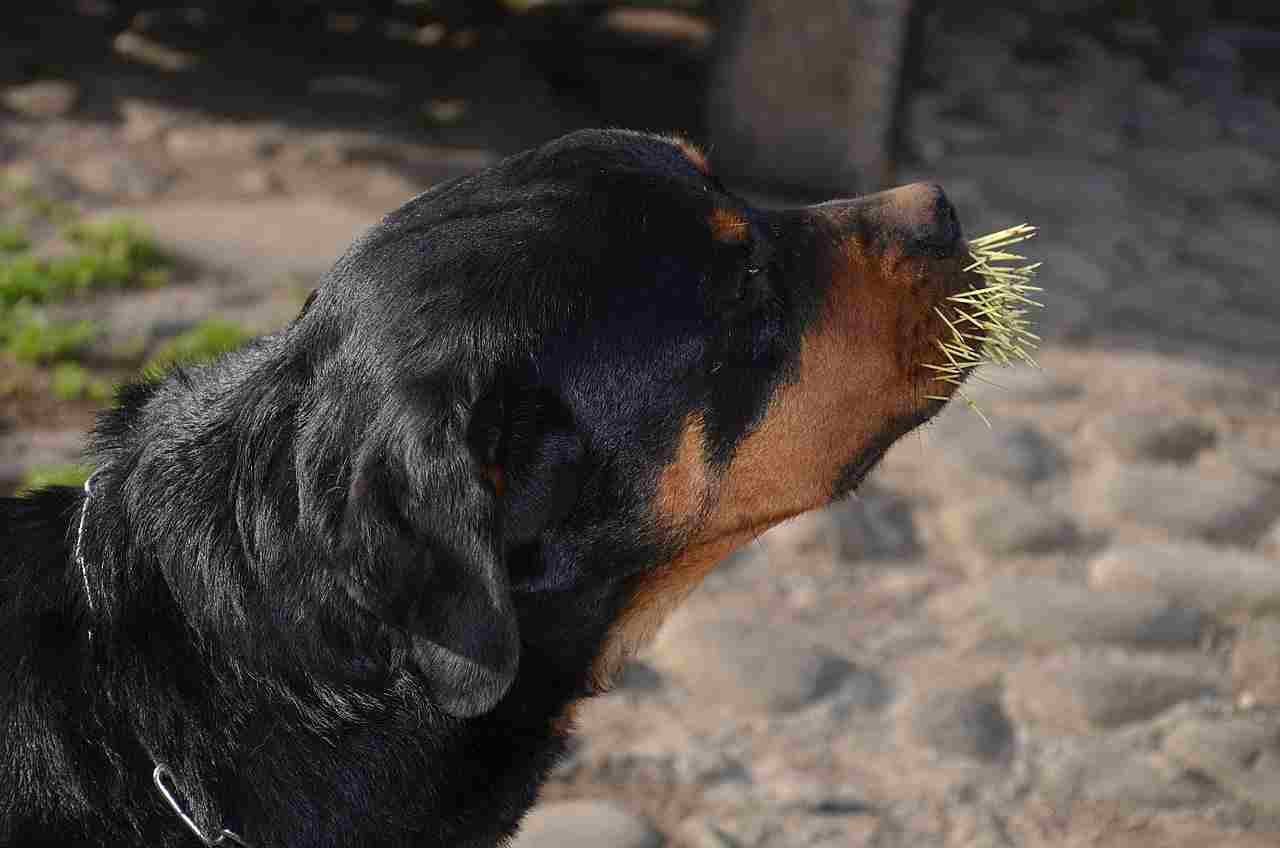
Dog:
Training, socialization, and responsible ownership are essential to prevent aggressive behavior.
Porcupine:
Caution needed to avoid close encounters; awareness of quill deployment as a defense mechanism.
Comparison: Precautions with dogs involve training and responsible ownership, while with porcupines, it is primarily about avoiding physical contact.
Ecological Implications: Human-dog interactions require responsible ownership, training, and socialization, while ecological considerations for porcupines involve respecting their space and avoiding disturbances.
24. Conservation Status:
Dog:
Not applicable; domestic dogs are abundant, with various breeds thriving in human environments.
Porcupine:
Conservation status varies among species; some are of least concern, while others may face threats or declining populations.
Comparison: Domestic dogs do not have a conservation status, whereas certain porcupine species may face conservation challenges.
Ecological Implications: The conservation status of porcupines reflects the impact of environmental changes and human activities on specific species, whereas dogs, being domesticated, are not subject to conservation concerns.
Summary of Comparison
Taxonomy:
Dogs: Kingdom Animalia, Phylum Chordata, Class Mammalia, Order Carnivora, Family Canidae, Genus Canis, Various Species (e.g., Canis lupus familiaris).
Porcupines: Kingdom Animalia, Phylum Chordata, Class Mammalia, Order Rodentia, Family Erethizontidae, Genus Erethizon (for North American porcupines), Various Species (e.g., Erethizon dorsatum).
Appearance:
Dogs: Diverse breeds, sizes, and coat types based on selective breeding.
Porcupines: Robust, stocky bodies covered in sharp, barbed quills; variations in quill color and length.
Size:
Dogs: Varies widely, from small breeds (e.g., Chihuahua) to large breeds (e.g., Great Dane).
Porcupines: Generally medium-sized, ranging from 12 to 35 pounds.
Weight:
Dogs: Broad range influenced by breed, from a few pounds to over 100 pounds.
Porcupines: Generally between 12 to 35 pounds.
Bite Force (PSI):
Dogs: Varies among breeds; stronger bites in larger breeds (e.g., German Shepherd: ~238 PSI).
Porcupines: Not known for powerful bites; primary defense is quill deployment.
Physical Offensive Advantages:
Dogs: Varied based on breed, strengths in agility, strength, or speed.
Porcupines: Limited physical offensive capabilities; reliance on quills for defense.
Physical Defensive Advantages:
Dogs: Varied defenses, including agility, speed, strength, and protective instincts.
Porcupines: Primary defense is quill deployment.
Speed:
Dogs: Varies widely among breeds; some, like Greyhounds, can reach high speeds.
Porcupines: Generally slower; defensive strategies prioritize quills over speed.
Agility:
Dogs: Agility varies by breed, with working breeds often exhibiting high agility.
Porcupines: Relatively agile for navigation in their habitats.
Senses:
Dogs: Highly developed senses, including hearing, vision, and smell.
Porcupines: Good hearing and smell, with potentially less developed vision.
Overall Physical Capacity:
Dogs: Diverse capacities based on breed, ranging from endurance to strength.
Porcupines: Well-adapted for survival with robust bodies and agility.
Habitat Preference(s):
Dogs: Highly adaptable; domestic dogs in diverse environments, wild canids in various ecosystems.
Porcupines: Often found in forests, woodlands, and grasslands.
Tracks:
Dogs: Paw prints vary in size, shape, and features based on breed.
Porcupines: Padded footprints with a distinctive waddle-like gait.
Lifespan:
Dogs: Varies widely by breed; smaller breeds may live 12-16 years, larger breeds 8-12 years.
Porcupines: Generally 5-7 years in the wild, with some variability between species.
Mode of Feeding:
Dogs: Carnivorous; domestic dogs consume commercial dog food and meat.
Porcupines: Herbivorous; primarily feed on bark, leaves, and vegetation.
Intelligence:
Dogs: Varies widely by breed; some, like Border Collies, are highly intelligent.
Porcupines: Limited cognitive abilities; focus on survival instincts.
Social Behavior:
Dogs: Highly social animals; form bonds with humans and other dogs.
Porcupines: Generally solitary; limited social interactions, especially outside mating season.
Mode of Reproduction:
Dogs: Sexual reproduction; diverse breeds with various reproductive traits.
Porcupines: Sexual reproduction; mating occurs during specific seasons.
Parental Behavior:
Dogs: Diverse parental behaviors; some breeds show strong maternal instincts.
Porcupines: Limited parental care; mothers provide minimal care before offspring independence.
Proximity to Human-Inhabited Areas:
Dogs: Domestic dogs commonly found in close proximity to human settlements.
Porcupines: Typically avoid human-inhabited areas but may venture into gardens or yards.
Behavior Toward Humans:
Dogs: Diverse behaviors from friendly to protective; shaped by breed and training.
Porcupines: Generally avoid human interaction; may become defensive if threatened.
Danger Posed to Humans:
Dogs: Varied; some breeds may pose risks if not properly trained or socialized.
Porcupines: Generally pose minimal danger; primary defense is quill deployment.
Associated Precautions:
Dogs: Training, socialization, and responsible ownership to prevent aggression.
Porcupines: Caution needed to avoid close encounters; awareness of quill deployment.
Conservation Status:
Dogs: Not applicable; domestic dogs are abundant with various breeds thriving in human environments.
Porcupines: Conservation status varies among species; some are of least concern, while others may face threats or declining populations.
Conclusion:
I. Similarities:
Both dogs and porcupines are mammals with sexual reproduction.
Both play ecological roles in their respective habitats.
II. Differences:
Dogs have diverse breeds, sizes, and roles, shaped by selective breeding for various purposes.
Porcupines exhibit specialized quill defense, herbivorous feeding habits, and a more uniform appearance within species.





